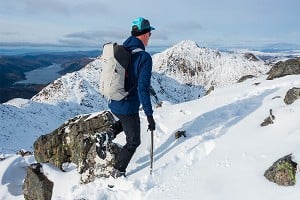
This is a rucksack with a foot in two camps. Viewed from the front, the shoulder straps and 'utility vest' harness are from the world of running. Turn around and everything you see at the back has mountaineering and climbing written all over it. Running people may instinctively say the back is too heavy; the hill crowd may look at the front and say - what's that? But whether you're a runner carrying more than the bare minimum, or a walker/mountaineer looking for something close-fitting and well-balanced, give it a go and you may conclude that its hybrid nature is the Tupilak 14's trump card. I'm a convert.
It's "as stable and light as a running pack and as rugged and functional as a climbing pack", say Mountain Equipment - and that is a fair summary of what to expect. At just 14 litres (plus the extra pockets up front) the Tupilak 14 is big for a running vest, but small for a day pack, and best suits a minimalist approach. Though just 450g in weight it is built tough, with the sort of burly fabric that you'd expect to see on a climbing pack.
Who would use this, and for what?
The running vest look might at first glance flummox some people. I must admit the first time I used a rucksack of this type I felt self-conscious and a bit embarrassed; "he doesn't need to wear that". Well it's time to set those preconceptions aside. I have a foot in both mountain running, and in climbing and mountaineering, and in that sense the Tupilak Vest Pack could have been made just for me.
Running: If racing I'd probably not use this, and go for something smaller (5l capacity) and lighter. However, I would use this for other running in the hills particularly in more challenging weather or seasons, when more clothing and equipment need to be carried.
Hillwalking: You don't need to be moving at pace to appreciate the close fit and easy-access pockets; this type of design is applicable to everyone. As a daysack for minimally-equipped summer hillwalking and scrambling the Tupilak 14 is a really good option.
Climbing: If you opted to wear a small rucksack whilst climbing, summer or winter, this would be just the ticket; however don't forget the walk in. There is limited space here and from a Scottish winter climbing perspective most people - perhaps apart from soloists - would not find this adequate. It's much more for fast-and-light days than gear-intensive pitched climbing.
Lost minutes turn into hours
There is so much more to quick progress in hills than simply running, walking or climbing faster. Repeatedly making unnecessary stops to remove a rucksack and rummage about for what you need can eat away at the day and slow the rate of progress. The simple act of redistributing storage from the back to the front is so logical. This permits easy access to phones, fluids, food, navigation paraphernalia, hats & gloves. No taking the bag off, you can still keep moving if you need. This may be a better solution than having stuff in pockets since all your bits and pieces are there within reach irrespective of what clothing you wear at different points during the day.
Facilitates nutrition 'on the go'
Whether you are an uphill athlete or a recreational, weekend hill-goer, the way everyone feels, performs and tolerates effort during long challenging days in the mountains can be influenced by nutrition - it's as simple as that. One of the good things about the running vest approach is that it makes it easy to have readily accessible carbohydrates and fluids. Even the access to food and drink can improve our eating and drinking behaviours in a way that can make life more pleasant and less fatiguing (and therefore arguably probably safer in some circumstances).
Nutrition and hydration on the move are not new ideas. Camelback type drinking bladders have been around for a while, spreading from the world of mountain biking to many other sports and activities. There is a space in this pack which can accommodate a drink bladder; it's at the back between the sack and the back padding, however there are no obvious indications that is what this was designed for. Possibly by chance, my Playtpus drink bladder fits perfectly and the flap of the rucksack lid fits through the top of the drinking bladder keeping it upright and stopping it sagging.
Alternatively drinks can be carried in the pouches at the front depending on preferences and needs dictated by environmental conditions. It is good to see two storage pouches on each shoulder strap, one staggered on top of the other. However the higher, innermost pouch on each side is very difficult to use, I can't fit my soft flasks in them easily and if you drop anything small into them you may have difficulty getting it back out (my hand certainly would not fit). It is not clear whether there is a preferred drink bottle product which this vest is designed to fit. Some running vest packs are supplied with soft flasks intended to be compatible.
Wearing rather than carrying
This is something you wear rather than something you carry - it is quite a different experience than a 'normal' rucksack.
For those new to these sacks: when you first put it on everything seems to be quite high up and you instinctively think 'where's the hip belt?'. You don't need one. There is no gigantic 1990s hip belt buckle, instead there is a pair of minimalist height-adjustable chest straps to create the body-hugging fit. This is a unisex model, and because the design doesn't rely on a hip belt (which only works if you get the right back length) it should fit users of a whole variety of shapes and sizes.
The close fit means there is no sense of a rucksack swinging about; coupled with the redistribution of weight this means one can feel pretty unencumbered. And for hot weather the vest straps are really well-vented, making this a cooler and less sweaty experience than you'll get with most traditional walking or climbing packs.
The high fit also means everything is well clear of a climbing harness and there is little chance of catching the base of this pack even on really steep scrambly descents.
The fasteners of the two chest straps are really tiny and I did wonder if these are at risk of breaking over time; this is important as the sack does not really fit properly unless these are fastened. The rucksack came with a retrofit elastic adjuster kit and there are some loops down the sides of the sack presumably to attach this; I was not clear what the intended configuration should be.
What's going on back there?
This is a small daysack at just 14 litres - although remember as discussed above you can have in addition a substantial amount of clutter carried at the front. At the back, the materials and construction revert from the world of running back into that of mountaineering. Running vest packs tend to smear the contents of the rucksack against your back so there is little movement, with this sack you do tend to hear anything loose rustling and rattling around more.
There is a latticework of foam enclosed in fabric which rests against your back. There are plenty of air gaps in the foam, however the gaps are so extensive that the limited foam that is left is possibly a little vulnerable and flimsy as a result. In the pack I tested there are various bits of this foam which have already twisted and folded over. This is not uncomfortable but perhaps this may be one of the areas to show wear and tear first during more protracted use?
There are lots of features in this pack. There is access through a drawcord closure at the top as well as a through full length side zip. On the other side is an open top pouch suitable for folded walking poles. On the front you get another deep external pouch; this is open at the top and fastened only with a popper. This is possibly useful for putting wet clothing in, thus separating it from the main contents of the pack. There is also one internal zipped pocket with a clip inside for your keys.
What about winter? The pack has two ice axe attachment points, however with the axes attached it is a bit of rammy - this is a very small pack to fit a pair of axes to after all. Perhaps better for one-axe days. The external pocket is sized so that it will take crampons and the outer face of this is a tough, crampon point-proof fabric. I was not clear whether the pocket was designed for this purpose but it does work effectively.
Summary
Summer or winter, you'd get the most out of this pack if you like keeping things fast, efficient, light and minimalist. If you are inclined to take your SLR camera and one of those big tartan flasks for your tea then this is definitely not the bag for you! It seems likely that we'll increasingly see this type of genre-crossing design - and the Tupilak 14 Vest Pack is a brilliant example of the principle. The idea of a 'back'pack is history; bring on the running/walking/climbing hybrid.

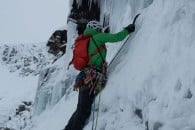

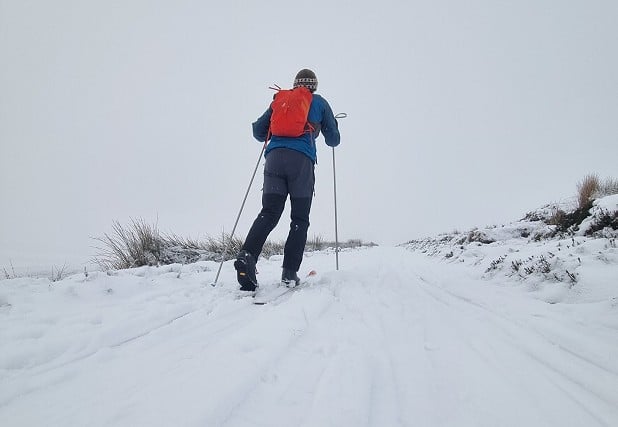
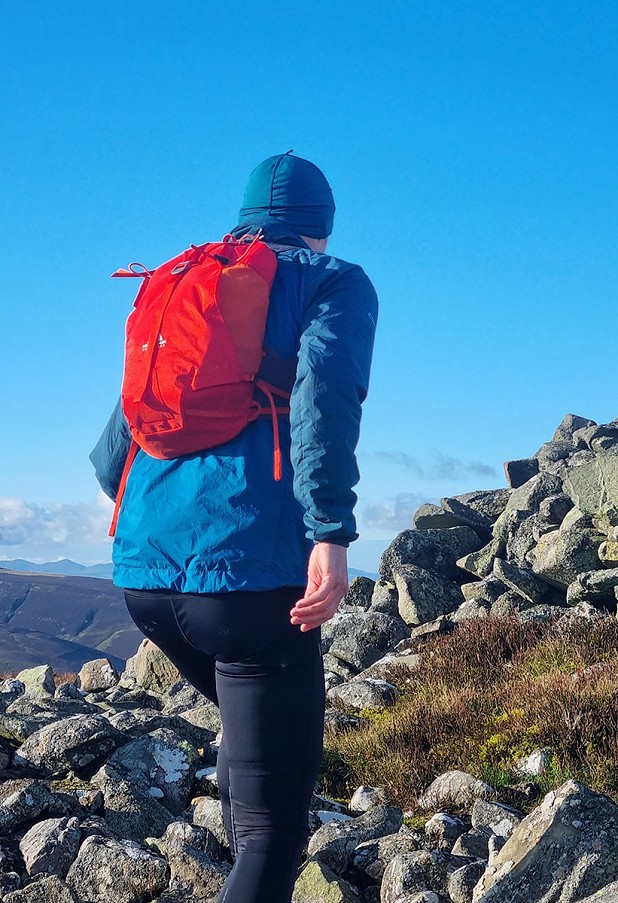
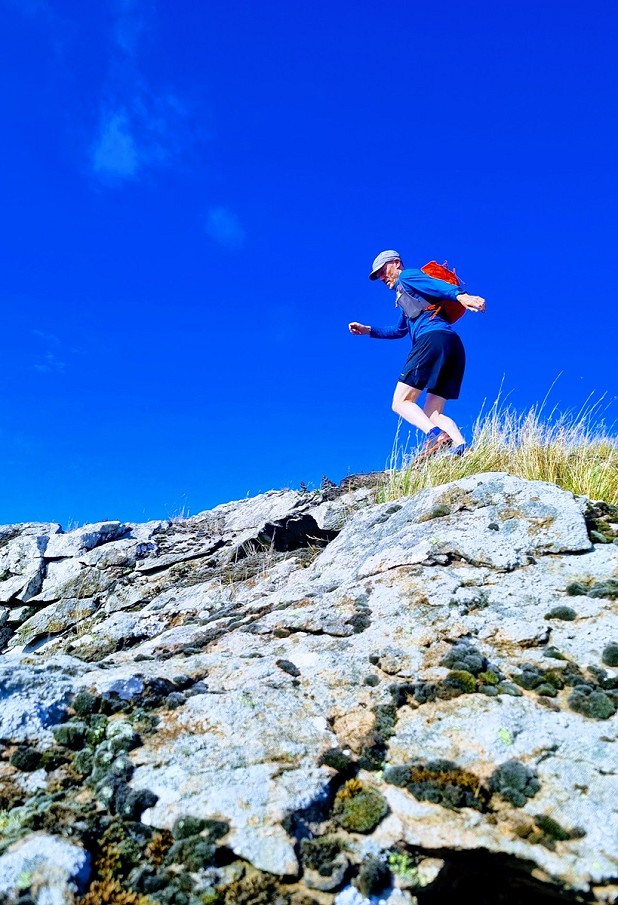
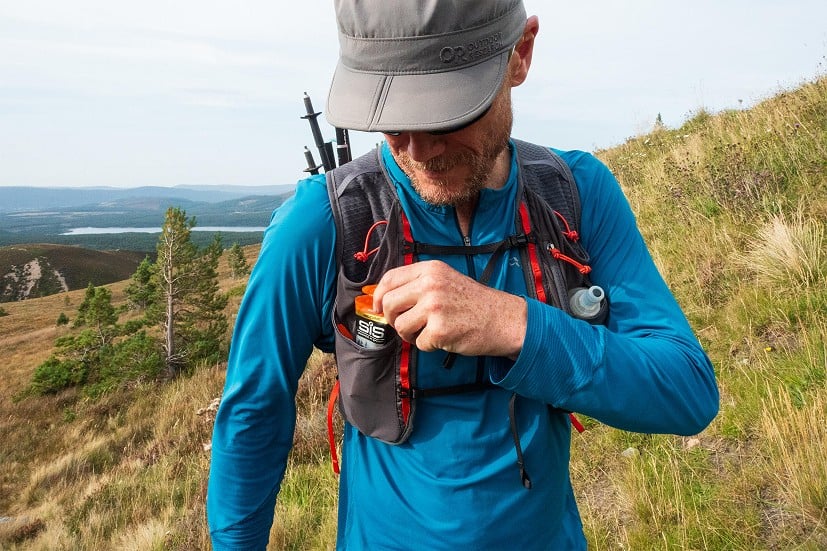
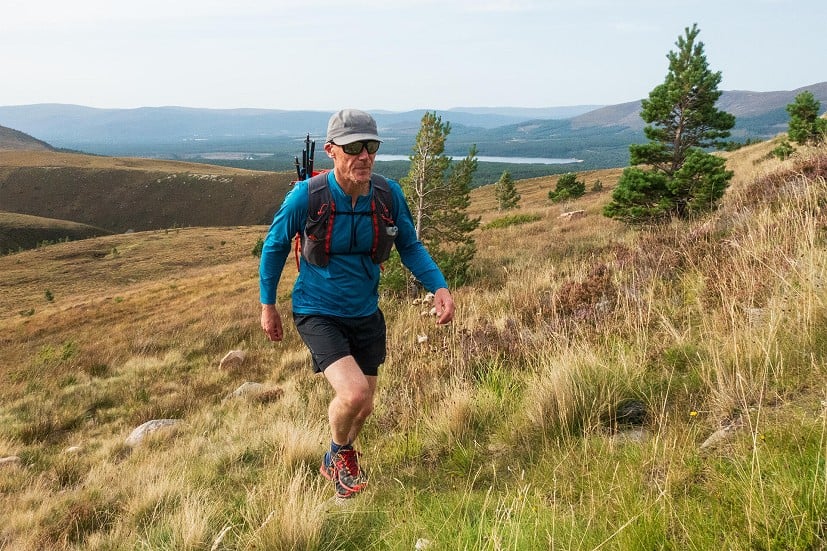
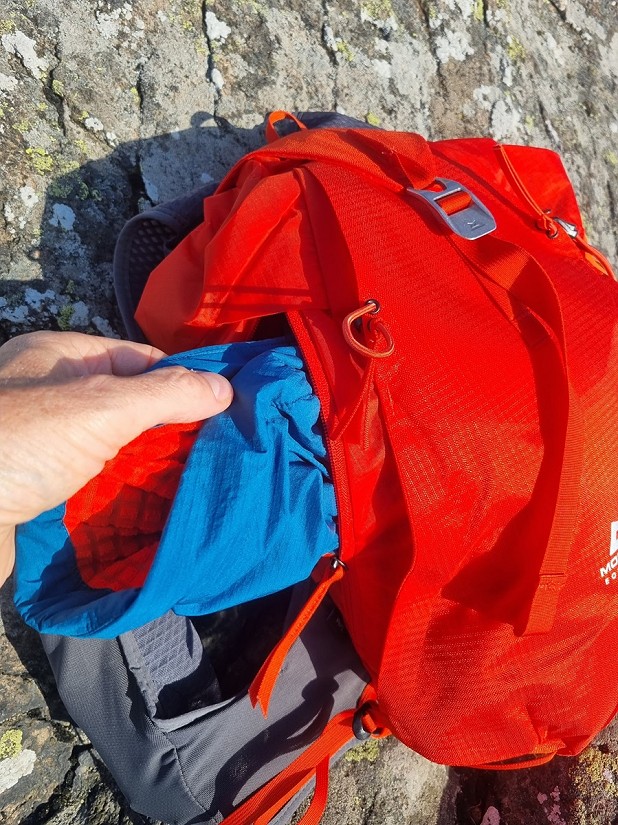
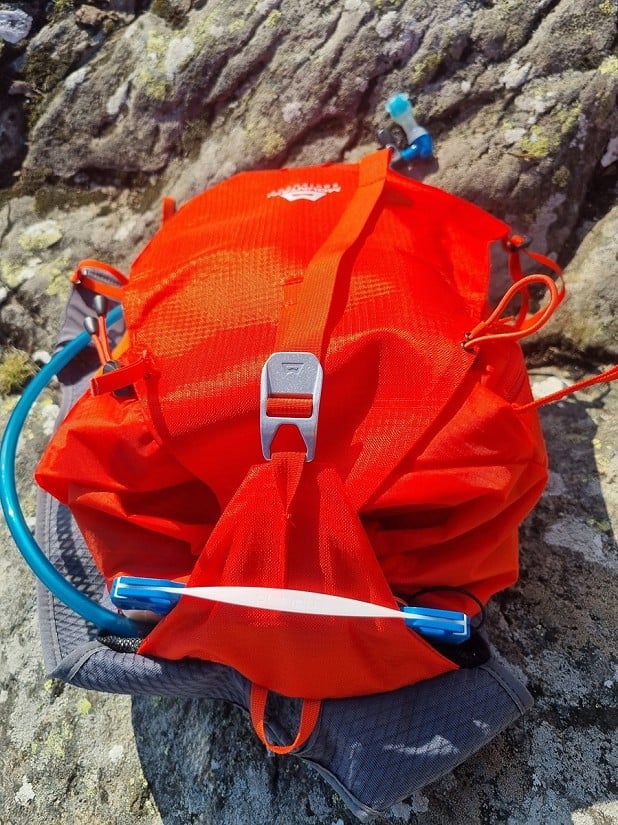
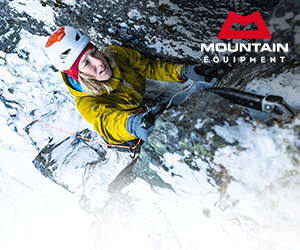



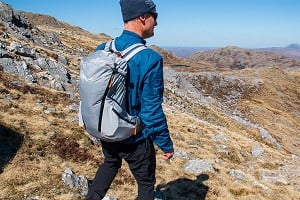

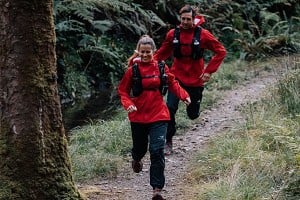
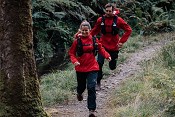
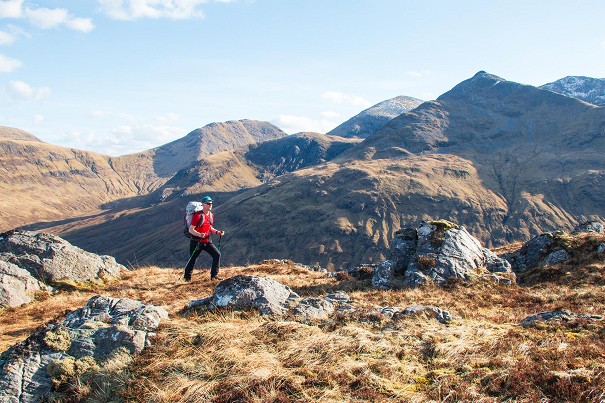


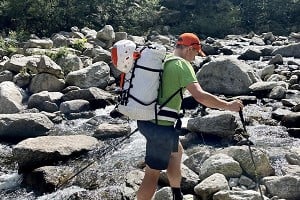

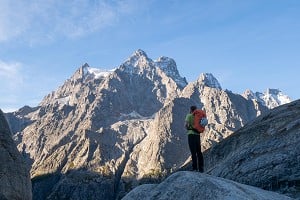
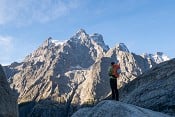
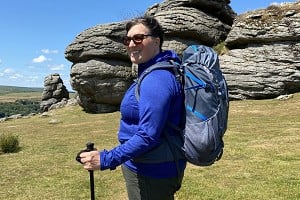



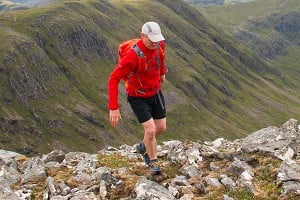


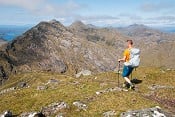
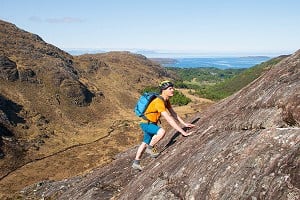
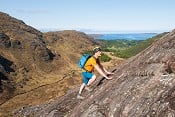



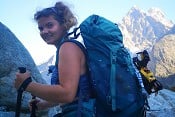

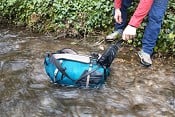

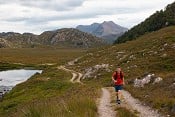
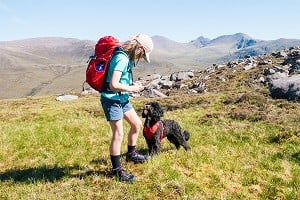
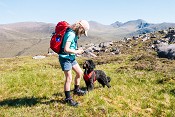
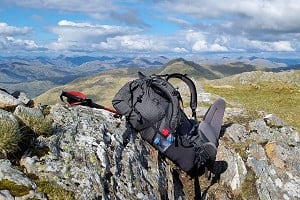
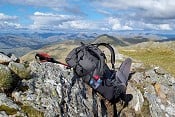


Comments